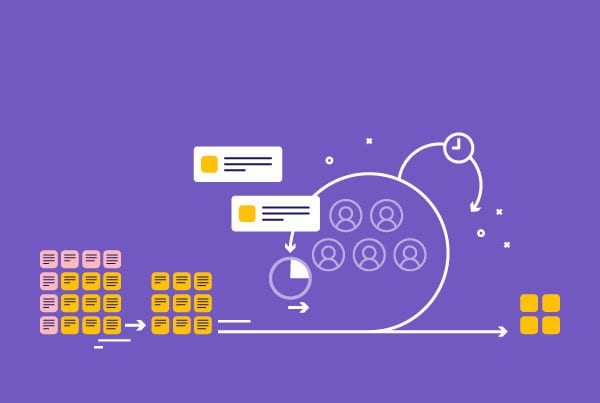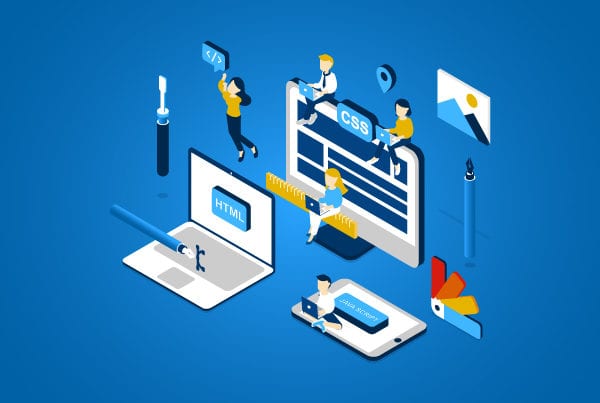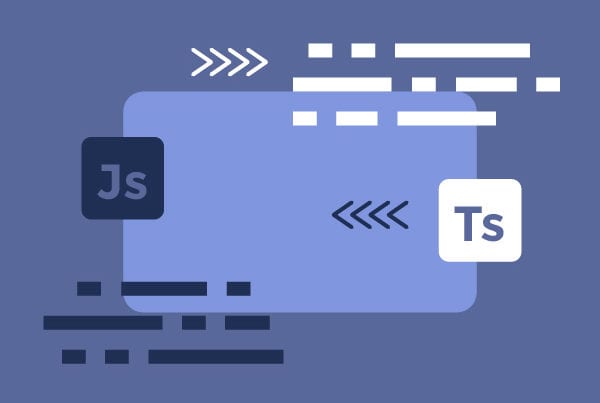Agile methodologies
As we’ve mentioned in previous articles, agile methodologies are extremely useful when applied to development teams. They are a great tool to increase flexibility and provide a high-quality product with an early delivery. You should also know that agile methodologies are not just applied during a specific iteration or sprint. A big part of agile is reflecting on what you’ve done well and on what you can improve beyond a specific project or iteration. This is where the agile retrospective comes in.

What is an agile retrospective?
An agile retrospective is a meeting that tends to take place at the end of each sprint during a project’s development, as well as after the project has been completed. In this meeting, the team reflects on what happened during that period of time. They focus on the positive and negative aspects and establish clear goals to improve or correct any issues they might have come across without passing judgment or placing blame. The goal is to learn from the process and establish clear steps to improve in the future.
How can I organize an agile retrospective?![]()
Retrospectives can vary according to your team’s needs and the project you’re working on, and there is no established winning formula. However, you will need three basic things: a set amount of time (both to prepare and carry out the retrospective), someone to facilitate the meeting (usually the scrum master, if you have one) and a plan on how it will be structured. It is also advisable to include some materials like a whiteboard, markers and sticky notes (to write down everyone’s thoughts) as well as a timer (to make sure everyone is focused and you don’t run out of time). If you are part of a remote team, there are also ways to carry out retrospectives online with tools such as RemoteRetro and Parabol.
When it comes to structure, a classic retrospective will have you follow these basic steps:
- Take a few minutes before the meeting to prepare the space (whether physical or virtual) with the materials you’ve decided to use.
- Once everyone is there, set the stage and clearly explain how the agile retrospective will work.
- Have everyone take a few minutes to write down what they think went well during development and then discuss each point.
- Do the same as in the previous step, but focusing on what needs improvement.
- Finally, work to establish concrete and actionable ideas on how to improve what went wrong and carry on actions that have a positive impact. Each of these ideas should have a clear owner and due date. You can divide people into teams so they can discuss their thoughts and then present them to everyone else.
What makes a great agile retrospective? ![]()

Like we’ve mentioned, retrospectives can take on many shapes. But, regardless of which one you choose, there are some things you can do to make sure yours is successful.
- Plan ahead and outline a clear structure to follow. You usually don’t have too much time to spare for a agile retrospective and, even if you do, it might be counterproductive to have an exceedingly long one. A structured plan will help keep everyone on track and get the most out of the meeting. Of course, you should also allow time for people to stray or plans to fall through. Just remember to try to lead everyone back to the topic at hand.
- Create a safe space and encourage open communication. Make sure everyone feels comfortable enough to be honest and voice their opinions, otherwise, the retrospective won’t really work.
- Always include the positives. We sometimes tend to give more weight to what needs work, but focusing on what we’ve done well is just as important. Doing so will not only help team morale but will also make it easier to keep applying what worked down the road.
- Schedule them regularly. Retrospectives work best when done periodically and, even if you don’t think you and your team have much to discuss after a specific sprint, you might be surprised after having the meeting.
- Don’t get frustrated if they don’t go well. You may have spent a long time planning the perfect retrospective and when it’s time to put it into action, everything falls apart. Try not to stress and instead focus on what to improve. You can even have a retrospective on retrospectives if this is a running issue.
Some agile retrospective ideas![]()

Variety is the spice of life and bringing fresh ideas to the table will help keep your team motivated. Here are some you can use:
- Checking in and out. If you feel you might have some extra time, you can check-in and out at the beginning and end of your meeting with a simple 1-2 minute task. This could entail having everyone draw their feelings or write a word to check their general thoughts about the sprint. You could also ask your team to write a note to themselves or grade the agile retrospective at the end of the meeting.
- Mixing it up. The classic “What went well?/What needs improvement?” can have dozens of variations and twists. You can also add categories instead of merely sticking to the pros and the cons. Some examples are using headlines like “learned, lacked, loved,” “happy, med, sad” or “start, stop, continue.” Using these variations gives you the possibility to add nuances instead of focusing merely on what went right and wrong while making things a bit more entertaining.
- Themed retrospectives. You can take your imagination a step further and give a specific theme to your retrospective based on what your team likes. You can get creative with spells and potions from Harry Potter or Game of Thrones locations for your categories, or even do a variation of the hero’s journey based on The Lord of the Rings.
- Dot voting. Though not nearly as much fun, dot voting is a good strategy to prioritize any issues that may come up during an agile retrospective, particularly if the team has come up with a lot of different points. You can give each participant a maximum number of points (from 3 to 5 is usually a reasonable amount) which they can use as they see fit. They can even allot all their points to one issue if they think it’s that important. After tallying up the votes, you can go over the top priority issues based on the number of points they’ve received. This is particularly useful when prioritizing your next steps at the end of your retrospective.
- Acknowledgments. Retrospectives are not just a tool to focus on what needs work, so it’s important to use this time to also focus on the positives. Asking your team to take a minute to acknowledge each other’s accomplishments or thank a specific team member for their help may give them a nice boost and help them feel at ease when sharing what’s on their mind.
If you’re looking for more ideas, you can go to Fun Retrospectives or FunRetro where you’ll find quite a few to use as-is or adapt for your team.
Final thoughts![]()
Agile retrospectives are a vital part of agile methodologies. They will set the goals moving forward after each sprint or project and help you and your team become better developers. There is an endless supply of tools to make them productive and entertaining, so be sure to do your research and invest the proper amount of time on them. You should also make sure you leave the meeting with tangible actions to improve in the following sprint and follow up on them.





